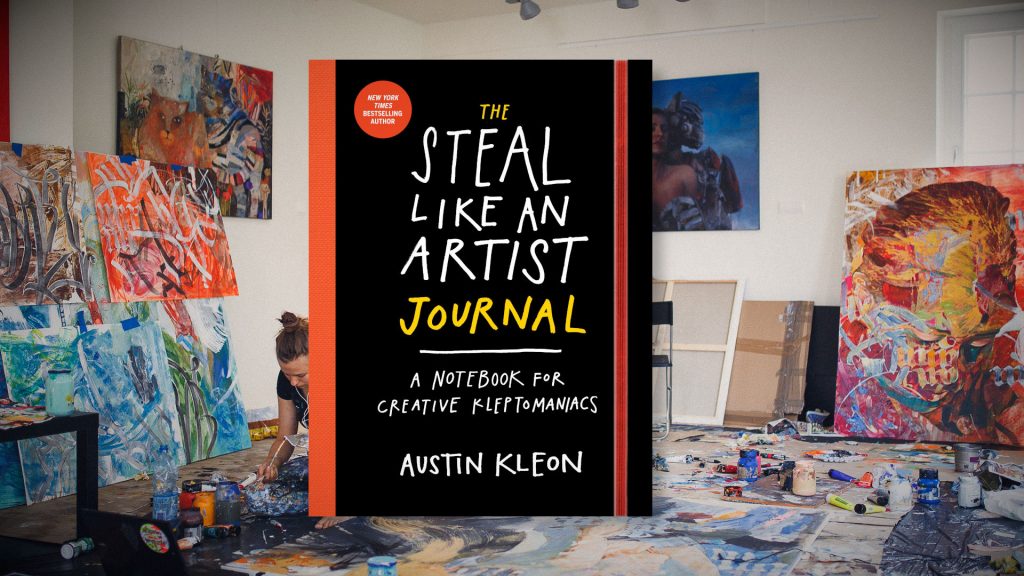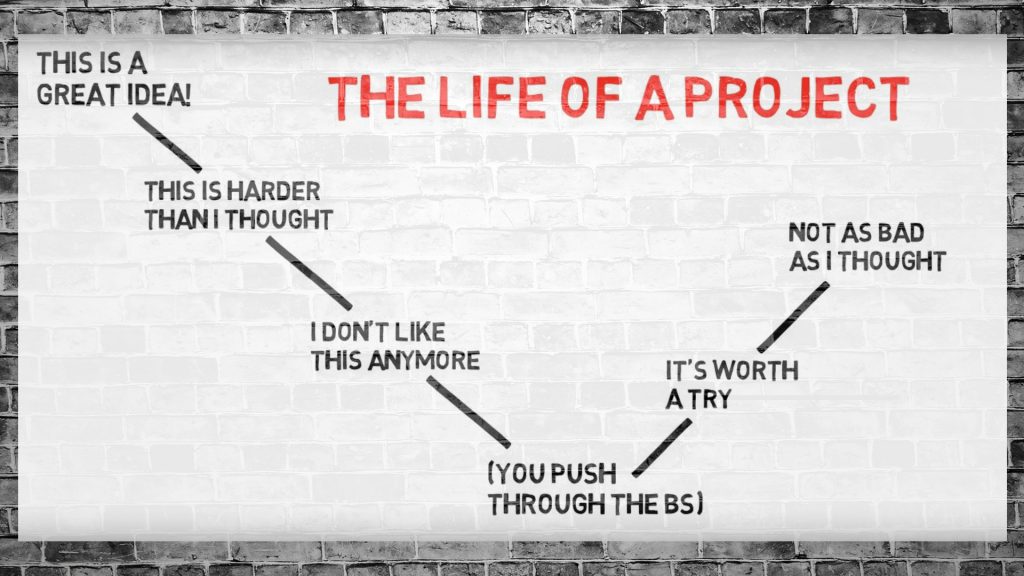The core concept behind steal like an artist is that nothing is truly original and everything is created based on the creators influences.
The author Austin Kleon expands on this throughout the book to paint a picture of how to be more effective at creative work.

There’s a quote at the start of the book “All advice is autobiographical”. This is something I’ve noticed a lot both in real world interactions and online. When I feel compelled to give someone advice it usually pertains to something I should be doing more of myself.

The book continues to suggest that the work we produce is an amalgamation of our inputs. If we put “garbage in, garbage out” and we need to select our influencers and circle of inputs carefully.
A lot of discussion is about creativity and the process of making things. No one starts off as a successful musician, they have to play the part and make great things before that ideal self image becomes a reality. You don’t necessarily need to know who you want to be as creating will help figure that out along the way.
The idea is not to encourage plagiarism but to draw on a broad selection of sources to create our own unique style. Artists study their hero’s and create an individual body of work based on a failed attempt to become them. Rather than copying work copy the thought process behind it to create your own masterpiece.
There is a section on creating the content that you want to consume. This is something that I’ve been trying to do ever since I first watched Chris Conrady’s YouTube videos and was blown away by the production quality of his work. In the past it’s been possible to either get high quality or niche specific content but rarely both. Today the environment is getting more competitive than ever, we now have more niche specific content that is educational and enjoyable to consume.
One memorable analogy talked about a musician who as a child wrote the music that he wanted an eagerly awaited album release to sound like. He later formed a band called Deerhunter who I found on Spotify,

The book kind of detours in to chapters on stepping away from the computer. There were some interesting points about screens hindering creativity, something I tell my kids. It turns out “All advice is autobiographical”.

One thing Austin mentions at the end of the book is that he originally plotted out the points he wanted to get across on flash cards. This inspired me to try and do more creative work off screen or in analogue mode as he puts it. I’ve ordered a big A3 pad of grid paper to mind map and plaster sticky notes on when brainstorming or trying to map out a new software project.
It is a very short book that you can read in an hour or two. I’ve literally spent longer divulging Lyn Alden blog posts. This isn’t necessarily a negative as it’s concise and to the point with lots of 3rd party quotes and imagery. It’s an easy read rather than the kind of book you’ll get 40% give up on because the author’s filled it with fluff.
The book describes the secret to success as building great things and then telling people about it. It’s never been easier to gather a global influence if you are creating things that stand out. When connecting with peers flattery is suggested as a method of reaching out. Ignore negative and focus on positive connections online.
The book finishes with a chapter on knowing what to leave out. The author posts some of the flash cards that didn’t make it into the book. I guess the final message is that quality will go further than quantity in a modern and competitive world of creative people. This got me thinking about how different forms of content rank in terms of quality. Little thought usually goes into a social media post where as a book is planned, thought out, well written and then edited.
Creators usually put a lot more effort and provide more value at a conference presentation or when writing a book. If our inputs directly affect our outputs then perhaps spending less time on social media and seeking out higher quality content is the way forwards. One more case of “All advice is autobiographical”.
I hope you’ve enjoyed this book summary. There are more book reviews and summaries here: https://jamesbachini.com/category/business/book-reviews/


